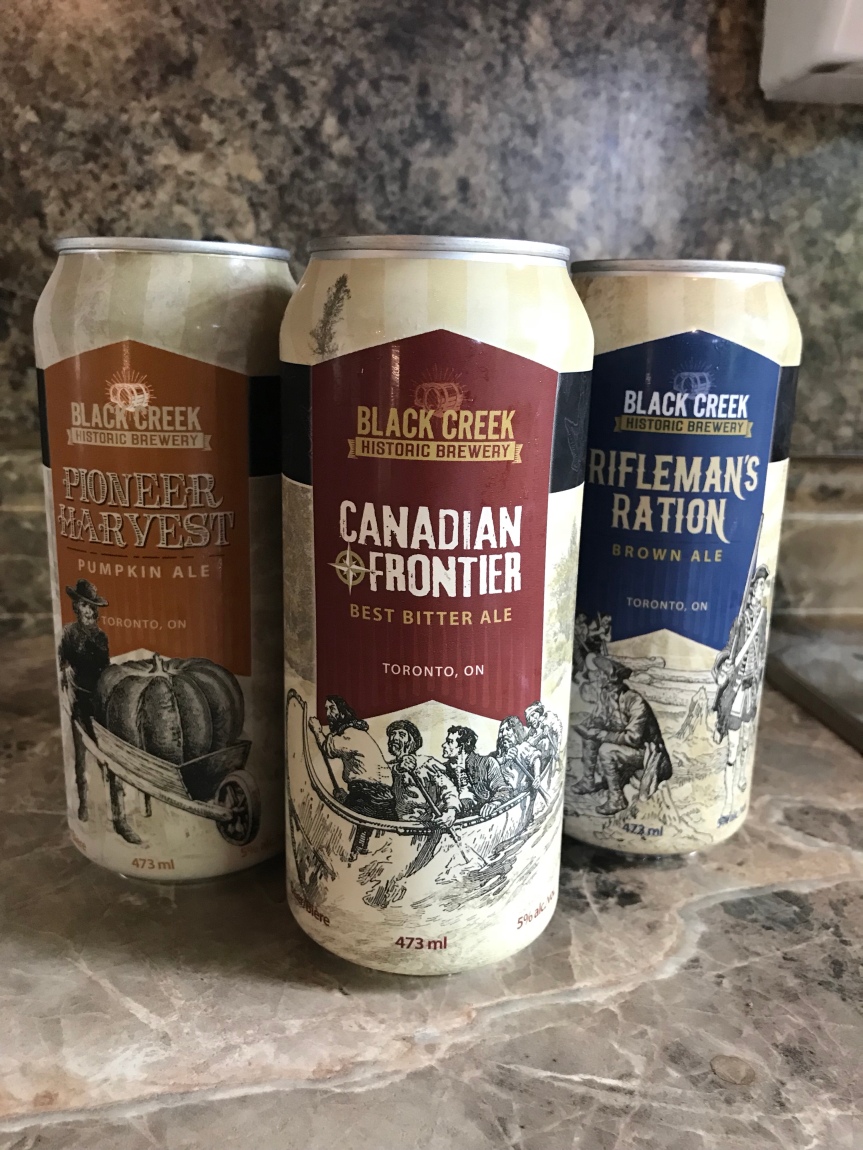I love seeing people’s reactions in the brewery when they learn something new. Something that surprises people the most is the different way beer was consumed in the 19th century as compared to today. When people hear that beer was consumed by many throughout the entire day and by children no less, they are very surprised. However, this wouldn’t have been a strong, alcoholic beer. It would have most likely been something called a small or table beer – a beer ranging anywhere from 0.5-2.8% ABV.

Children, servants, and workers engaging in heavy physical labor are the last people you would want intoxicated on a regular basis. Table beer served the purpose of quenching thirst and providing nutrients, with an ABV as low as 0.5%. For comparison, the Canadian government classifies an alcoholic beverage as any drink containing more than 1.1% ABV. Table beer provided an enjoyable, nutritious, and calorie-dense alternative to water.
Table beer was usually made with the spent grains of a stronger brew. Not only was re-using the spent grains very economical (Victorians did not like to waste anything!) but created that weaker beer that was ideal for more regular consumption. A farmer drinking multiple pints of beer during a difficult workday is most likely not looking to get intoxicated, so a beer that comes in at 1% would be a perfect choice.
When we think of beer now, we associate it with social drinking, and potential intoxication. It is easy to forget that beer was used for more practical purposes in the 19th century. Table beer is a great example of that. Of course, table beer has lost its practical purpose in a day and age where we can easily access clean water and get a balanced meal at the grocery store. However, it’s still a great example of the changing attitudes and purpose of beer between the Victorian era and modern times.
